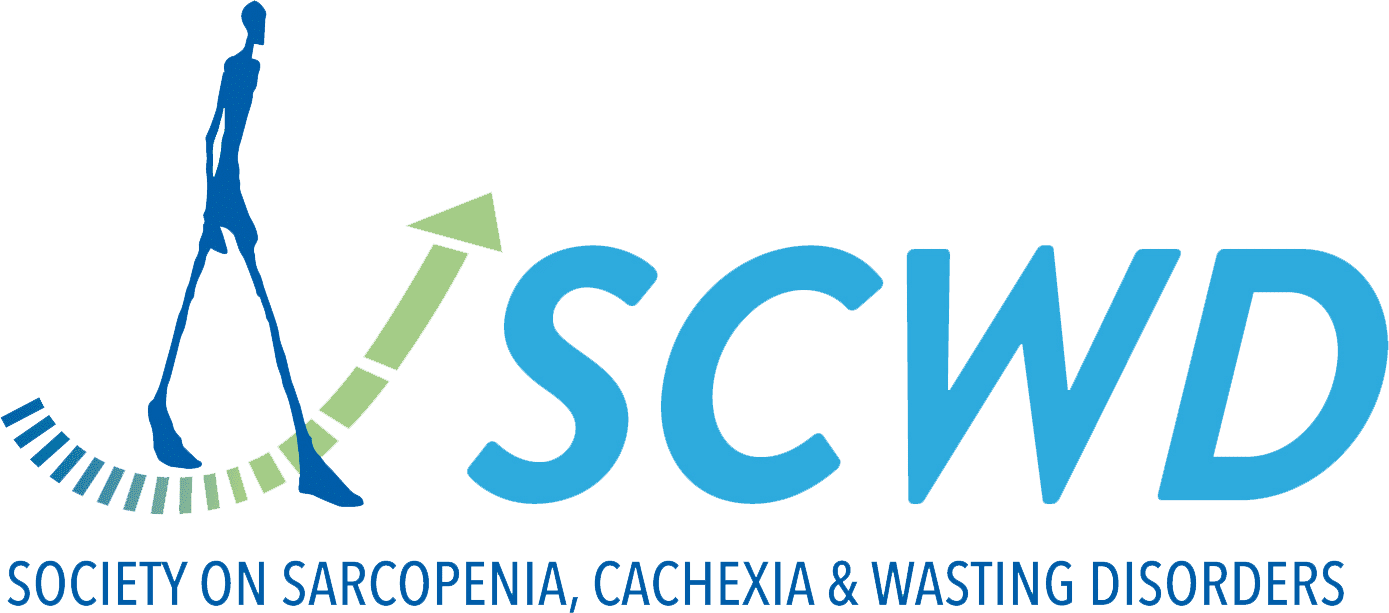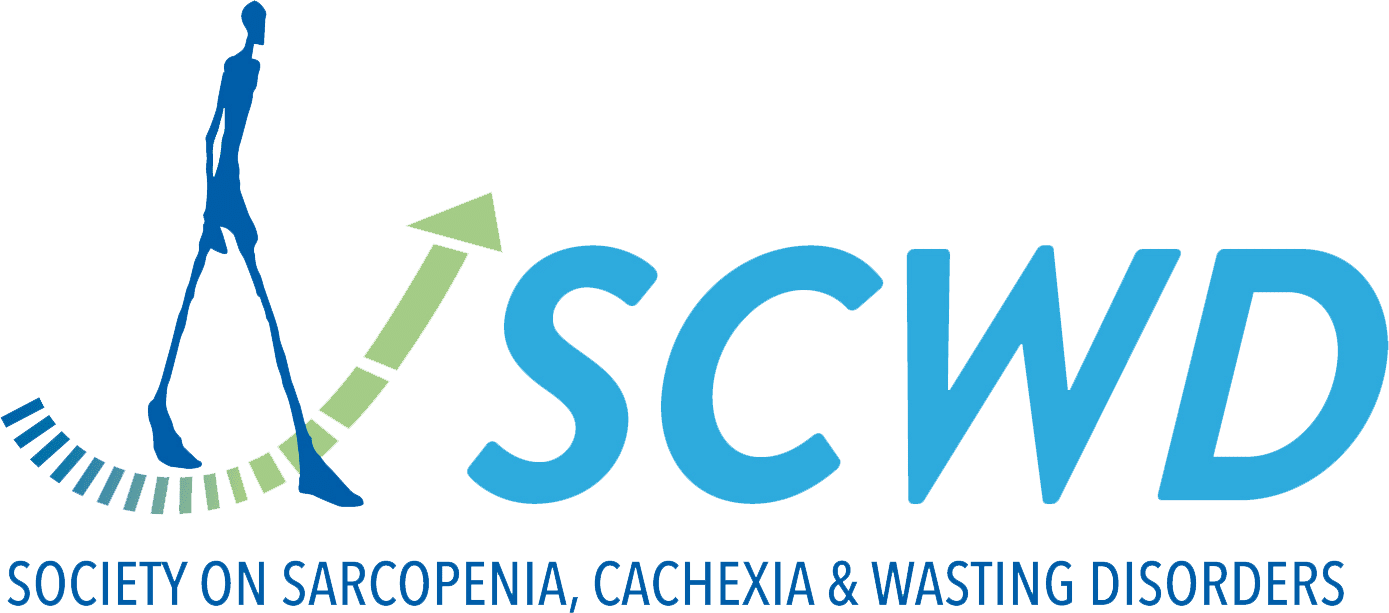GL261 glioblastoma induces delayed body weight gain and stunted skeletal muscle growth in young mice.
The survival rate for children and adolescents has increased to over 85%. However, there is limited understanding of the impact of pediatric cancers on muscle development and physiology. Given that brain tumors alone account for 26% of all pediatric cancers,...


